Cuba, an Island that Sinks

By Javier Herrera
HAVANA TIMES – Cuba, the largest island in the Antilles and the 17th largest in the world, is sinking, but not because of climate change. The sea level has not risen. The coastline has not sunk. Cuba is sinking due to decades of neglect, decades of abandonment.
After April and May turned out to be unusually dry, June seems to have accumulated all the missing waters. Over 20 days of moderate to heavy rain have collapsed the storm drainage systems, causing floods in low-lying areas across almost all western Cuba, but more specifically in Havana.
Havana’s sewer system was inherited from the republic, built more than six decades ago. When the city’s drainage systems were constructed, the population was not even half of what it is today. To the age of the drainage systems, we must add the same decades without adequate maintenance and without creating new ways to evacuate the waters.

The city is crossed by multiple rivers and springs. These rivers and springs are clogged with garbage thrown over the same decades by local residents and several neighboring industries. Rivers that have not been dredged in the last 65 years, resulting in a loss of slope, flow, and capacity to evacuate incoming waters.
The heavy rains that began at noon on June 22, after almost 20 days of daily rain, extended until the early morning and resulted in an accumulation of 56 millimeters of rainfall in just three hours between 2 and 5 PM, measured at the meteorological station located across the Bay of Havana in the community of Casablanca.
The National Institute of Meteorology (INSMET) explained that a broad low-pressure center is currently observed over the southwest of the Gulf of Mexico, generating a large area of disorganized rains and thunderstorms. For this same reason, INSMET warns of numerous showers, rains, and thunderstorms in much of the country over the coming days, which may be strong in some localities.

Some of the most affected areas have been the low-lying areas of Vedado. These days we have seen water reach 11th Street (six blocks inland), with multiple damages to properties in the area, including the historic Hotel Presidente on Calzada Street (7th), which saw its facilities flooded.
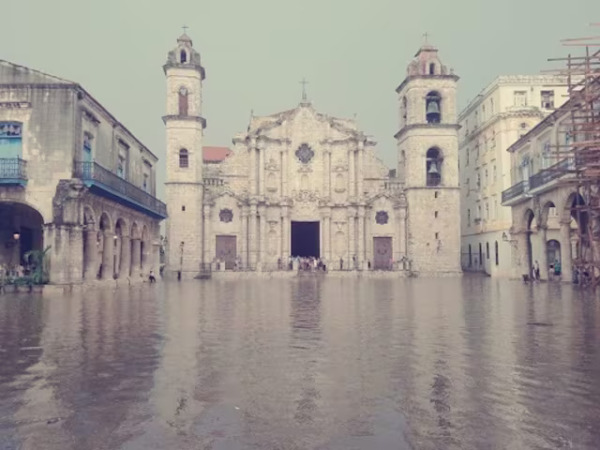
Among the most affected municipalities are Old Havana, Central Havana, Cerro, Vedado, 10 de Octubre, Arroyo Naranjo, San Miguel del Padron, Guanabacoa, Playa, and Marianao. Ten of the 16 municipalities that make up Havana have been heavily affected, with streets flooded and water even entering ground-floor homes.
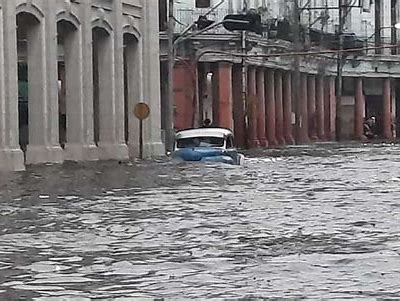
But it is not just the floods that keep Havana residents constantly on edge. The rains highlight the vulnerabilities of a housing stock that consists of 185,348 buildings in poor condition, of which 83,878 need partial repairs and 46,158 require major renovations, according to official data that can always be questioned. Additionally, 43,854 homes are needed for those affected by previous collapses – who live in state shelters – as well as another 11,458 houses due to the population increase in the city.
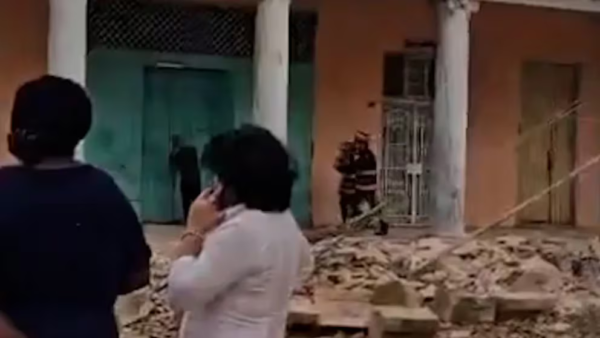
In the last 48 hours, more than 40 partial and total collapses have been reported on social media, although the Havana regime officially recognizes only four in the past week and, while acknowledging several injuries, does not report any human losses.
Social media highlights the loss of one life during a collapse in the Cerro municipality, along with a couple of dozen injured, figures not shown in official statistics. Meanwhile, the capital’s population awaits the arrival of sunny days with fear, a time when many buildings tend to collapse due to the accumulation of water in their walls, foundations, and roofs and the subsequent thermal expansion caused by the sun’s rays.
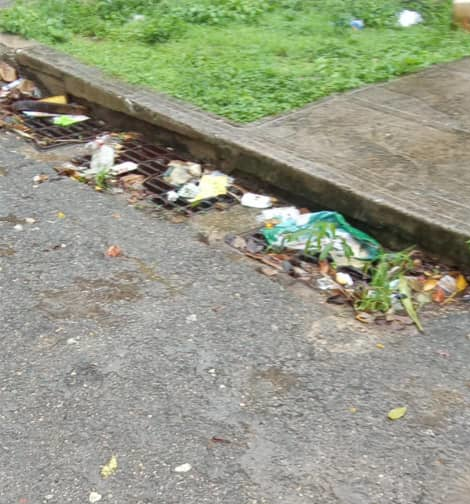
Given the known state of the housing stock and the condition of rivers and drains, the Meteoro exercise is carried out annually, during which cleaning and maintenance work is performed on drains, streets, and rooftops, in preparation for the start of the hurricane season, which in this region extends from June 1 to the end of October.
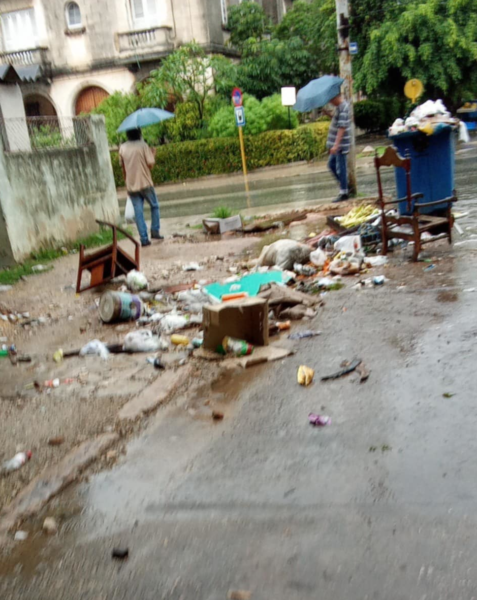
The Meteoro exercise is carried out by the army, the fire department, civil defense organizations, the police, and the population is also called upon through regime-affiliated organizations such as the CDR, UJC, and unions.
This year, citing the fuel crisis and other issues, the authorities announced that these exercises would not be conducted because all plans were already updated. It seems they forgot that plans are only theories written on paper and that ideas without action amount to nothing. Although it is true that the lack of fuel creates difficulties, it was possible to take action with local resources and the participation of the local inhabitants, such as unclogging drains and sewers, cleaning riverbanks, rooftops, and drains, pruning trees that may be interfering with power lines, mowing grass that ends up depositing soil and waste in the drains, or massive collection of solid waste and debris, which usually accumulate due to the inefficient work of the city services.
A month of moderate rains and three or four hours of heavy rain have shown how the island of Cuba is sinking, and I can’t stop saying: it is not due to climate change, it is due to the systematic abandonment that the nation has suffered over the last 65 years.






65 years of neglect of Cuba’s infrastructure, coupled with communist incompetence, is a tale of woe. The only sector illustrating growth, is that of garbage, which is liberally strewed around the streets, the countryside, rivers, streams and the coastline.
sub-human conditions for children and only getting worse day by day for many years – great article and full of truth